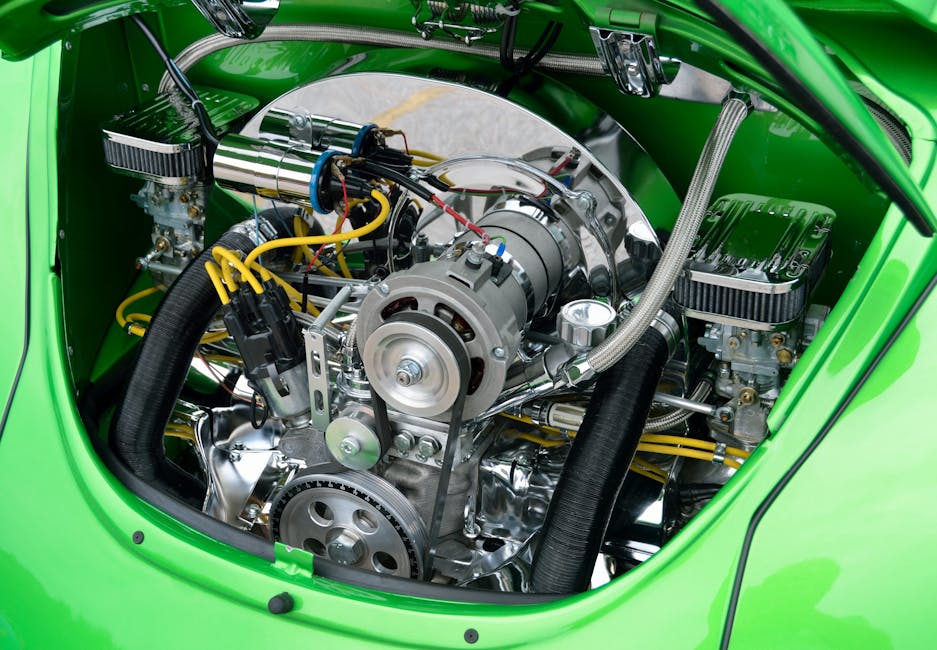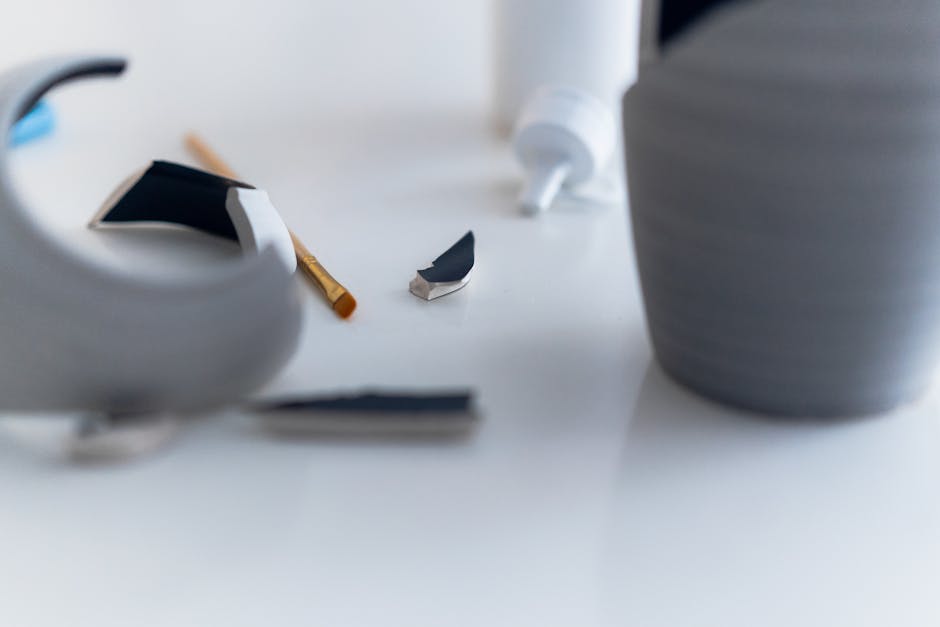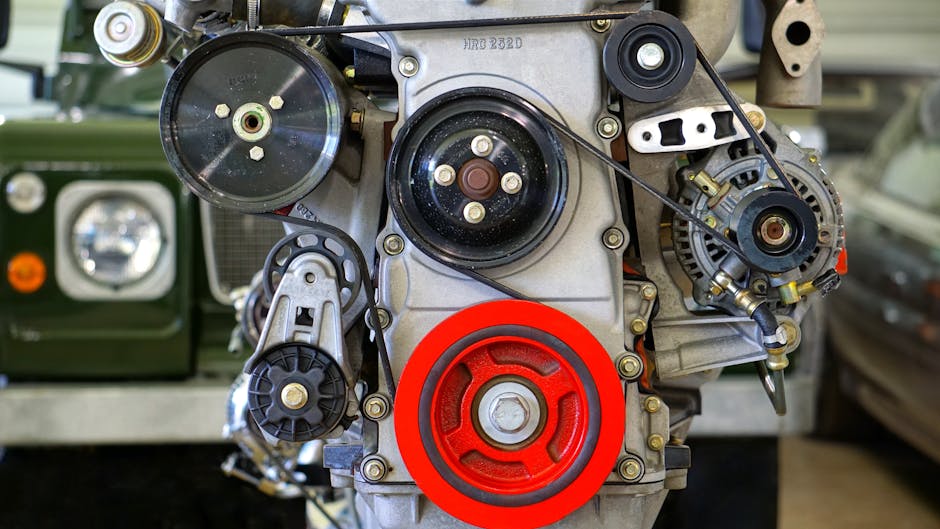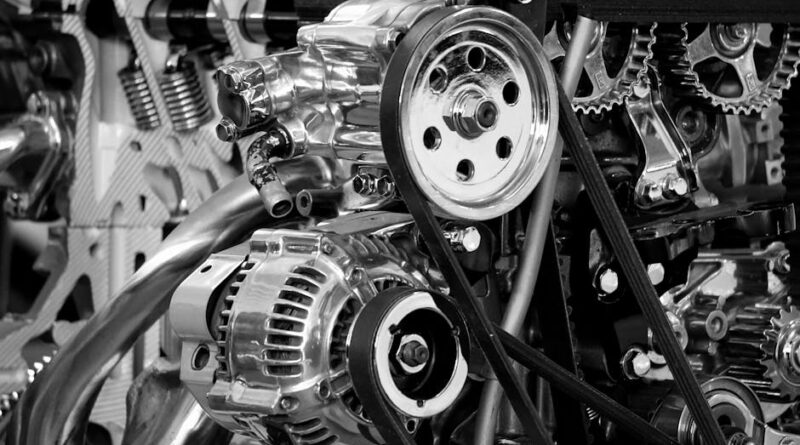Step-by-Step Transmission Repair Techniques
Did you know that a cars transmission is often called the heart of the vehicle? Just like the heart pumps blood, the transmission sends power from the engine to the wheels. But what happens when it fails? In this article, well explore step-by-step transmission repair techniques to help you understand how to tackle common issues.
What is a Transmission?

Before we dive into repairs, lets clarify what a transmission does. it’s a complex system that converts engine power into movement. There are two main types: automatic and manual. Understanding the difference is key to knowing how to fix them.
- Automatic Transmission: Shifts gears on its own.
- Manual Transmission: Requires the driver to shift gears.
Both types have similar components but work differently. Knowing your cars type helps you choose the right repair methods.
Why Do Transmissions Fail?

Transmissions can fail for various reasons. Let’s look at some common causes:
- Low Fluid Levels: Just like your body needs water, transmissions need fluid to operate smoothly.
- Contaminated Fluid: Dirt and debris can harm the transmission. Think of it like drinking dirty water!
- Worn Components: Over time, gears and clutches can wear out, much like how shoes wear down after a lot of walking.
Being aware of these issues can aid in prevention and repair.
How to Diagnose Transmission Problems?

Diagnosing transmission issues can feel daunting. However, you can simplify it with a few steps:
- Check Fluid Levels: Open the hood and locate the transmission dipstick. Make sure the fluid is at the right level.
- Look for Leaks: Check under your car for any red puddles. Transmission fluid is usually reddish in color.
- Listen for Unusual Noises: Pay attention to grinding or whining sounds when you shift gears.
If you notice any of these signs, it may be time for a repair.
Step-by-Step Transmission Repair Techniques

Now, lets get into the nitty-gritty of transmission repair. Heres a step-by-step guide anyone can follow.
1. Gather Your Tools
Before starting, gather the right tools. Heres what you need:
- Wrenches
- Screwdrivers
- Fluid pump
- Transmission fluid
- Drain pan
Having the proper tools makes the job easier and safer.
2. Find a Safe Workspace
Always work in a safe environment. A flat surface is best. Make sure you have enough light to see what you’re doing.
3. Drain the Old Fluid
Before adding new fluid, you need to drain the old fluid. Heres how:
- Place the drain pan under the transmission.
- Remove the drain plug carefully.
- Allow the fluid to drain completely.
Be careful; the fluid can be hot! Wear gloves to protect your hands.
4. Replace the Filter
Next, youll want to replace the transmission filter. This helps keep the fluid clean:
- Locate the transmission filter.
- Remove the old filter. It might be held by screws.
- Install the new filter securely.
A clean filter means a healthier transmission!
5. Refill with New Fluid
Now that everything is clean, it’s time to refill:
- Use the fluid pump to fill the transmission with new fluid.
- Check the owners manual for the correct type of fluid.
- Monitor the fluid level with the dipstick.
Ensure you’re using the right fluid. The wrong type can cause more damage!
6. Test Drive the Vehicle
After the repair, take the car for a short drive. Pay close attention to how it shifts. If something feels off, don’t ignore it!
What if the Transmission is Beyond Repair?
Sometimes, a transmission may be too damaged for a simple fix. Here are your options:
- Rebuild: This involves replacing worn parts but keeping the main casing.
- Replace: If the damage is severe, a new transmission might be necessary.
- Consult a Professional: If unsure, it’s best to seek expert help.
Remember, maintaining your vehicle can extend it’s life significantly.
Common Misconceptions about Transmission Repair
Lets clear up some common myths:
- Myth: Only professionals can repair transmissions.
- Fact: Many repairs are straightforward, especially routine fluid changes!
- Myth: Transmission issues are always expensive to fix.
- Fact: Early detection can save you money.
Understanding these facts can empower you to take action sooner.
Key Takeaways for Transmission Repair
Here are the main points to remember:
- Know your transmission type.
- Regularly check fluid levels and condition.
- don’t ignore warning signs like leaks or odd noises.
- Regular maintenance can save you money in the long run.
Taking care of your transmission doesnt have to be daunting. By following these steps, you can perform basic maintenance and repairs confidently.
Ready to Get Started?
Now that you know the basics of transmission repair, it’s time to put this knowledge to work. Whether you’re simply checking fluid levels or tackling a filter replacement, each step gets you closer to understanding your vehicle better.
For more detailed information on car maintenance, check out this reliable source.
Happy driving!



